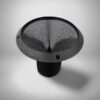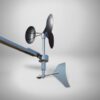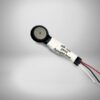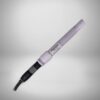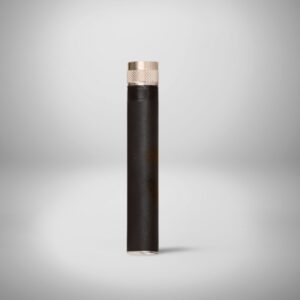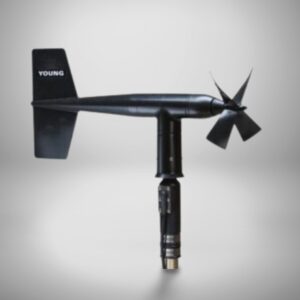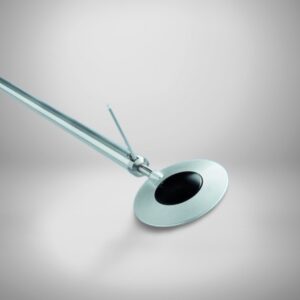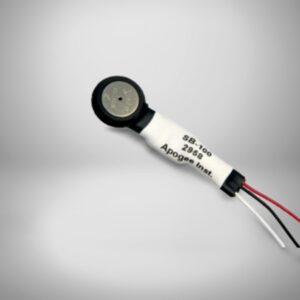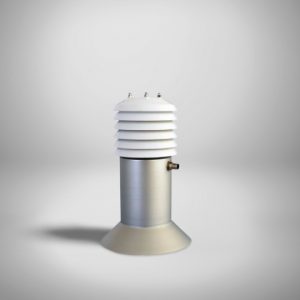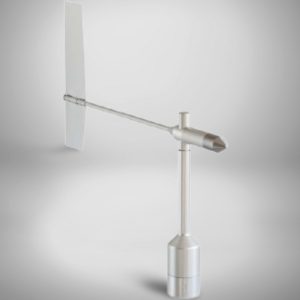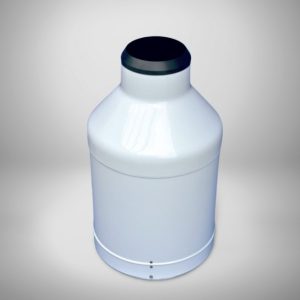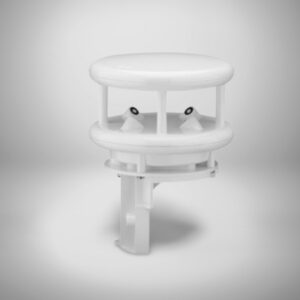Glaciers are large masses of ice that form on land and move under the influence of gravity. They are important indicators of climate change because their retreat or advance can have significant impacts on local communities, ecosystems, and global sea levels.
Monitoring and measuring snow parameters, such as snow depth, density, and snow water equivalent, is essential for accurately tracking and understanding changes in glaciers. It helps in creating accurate models and predictions of glacier change and its effects on the local and global environment. It also aids in making decisions on water resource management and infrastructure development in areas where glaciers are located.
Snow sensors are an essential tool for effectively monitoring snow parameters on glaciers. They are specifically designed to withstand harsh weather conditions and rugged terrain, making them ideal for use on glaciers. They provide highly accurate and reliable data with minimal maintenance.
The main components of weather monitoring systems used in glacier monitoring include an anemometer for measuring wind speed and direction, a thermometer for measuring atmospheric temperature, a hygrometer for measuring relative humidity, a barometer for measuring atmospheric pressure, a rain gauge for measuring liquid precipitation, and a snow sensor for measuring snow depth, total snowfall, snow level, and snow water equivalent.
Snow depth measurements help in understanding the overall accumulation of snow on a glacier and can reveal patterns of snowfall and melt. They can provide insights into the potential impact of meltwater runoff on downstream communities.


